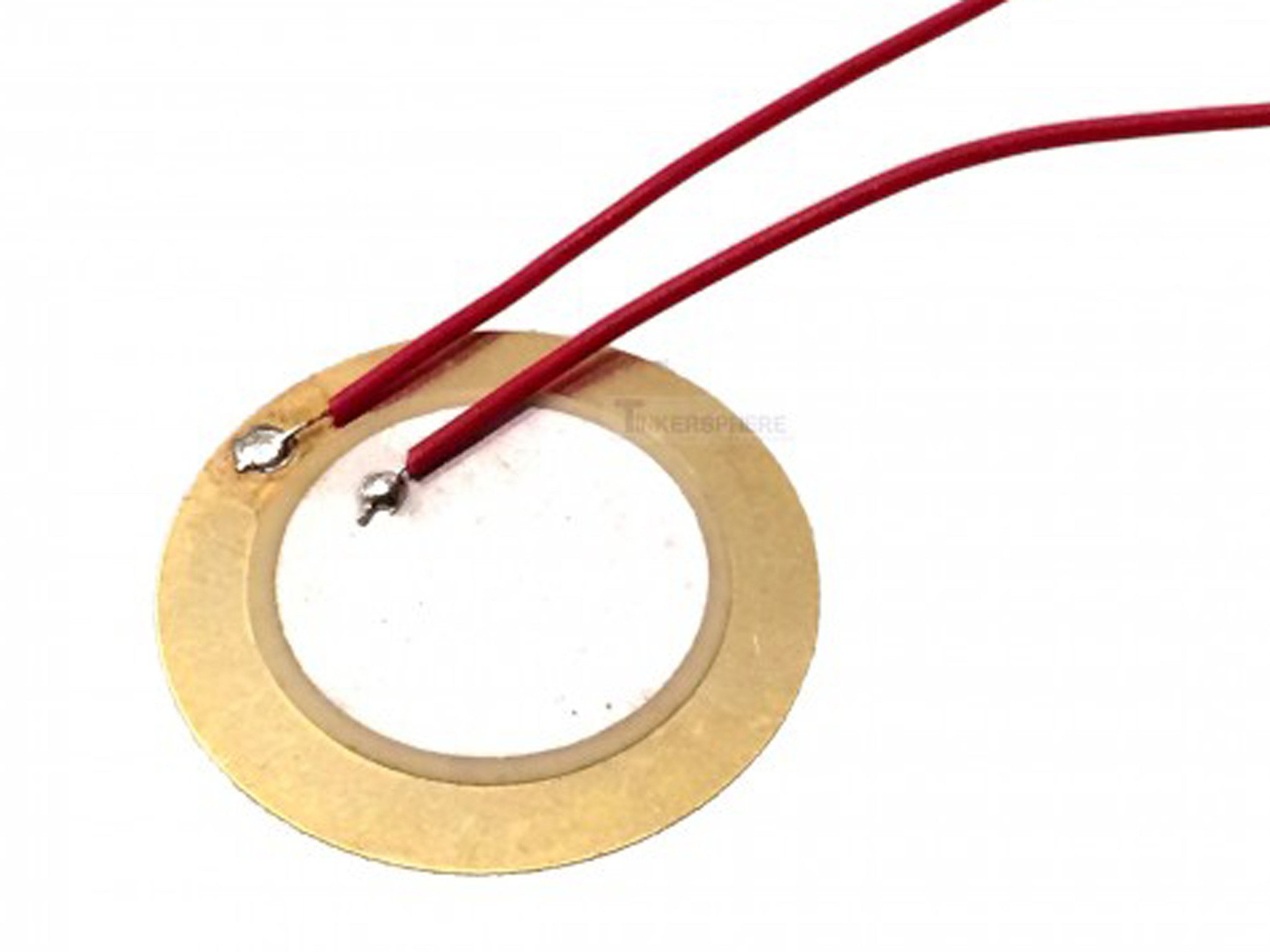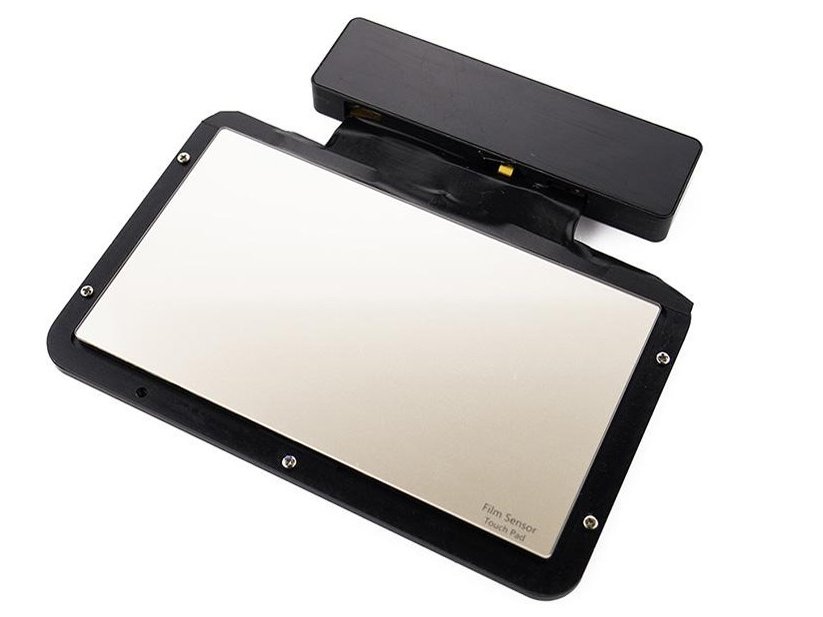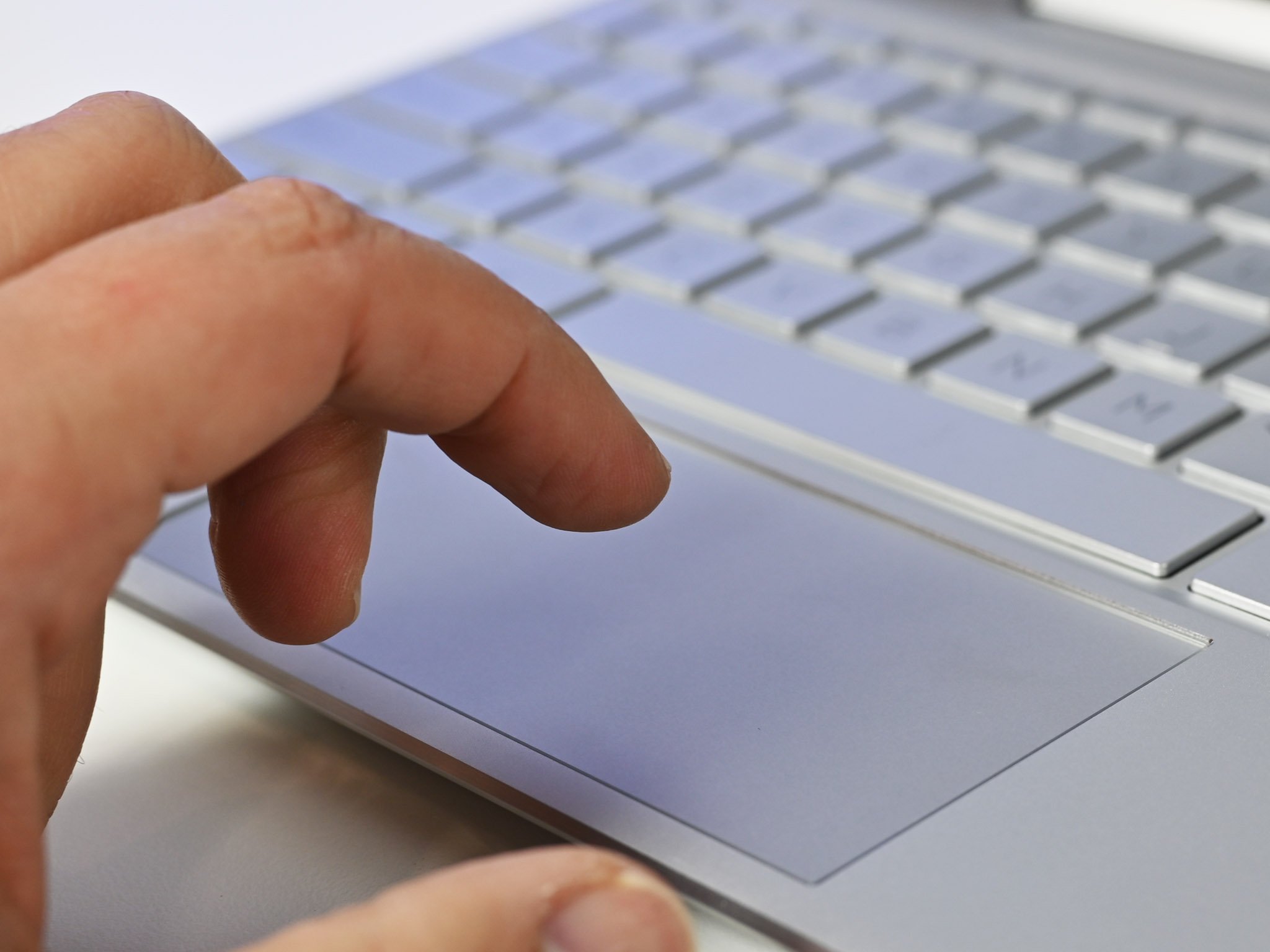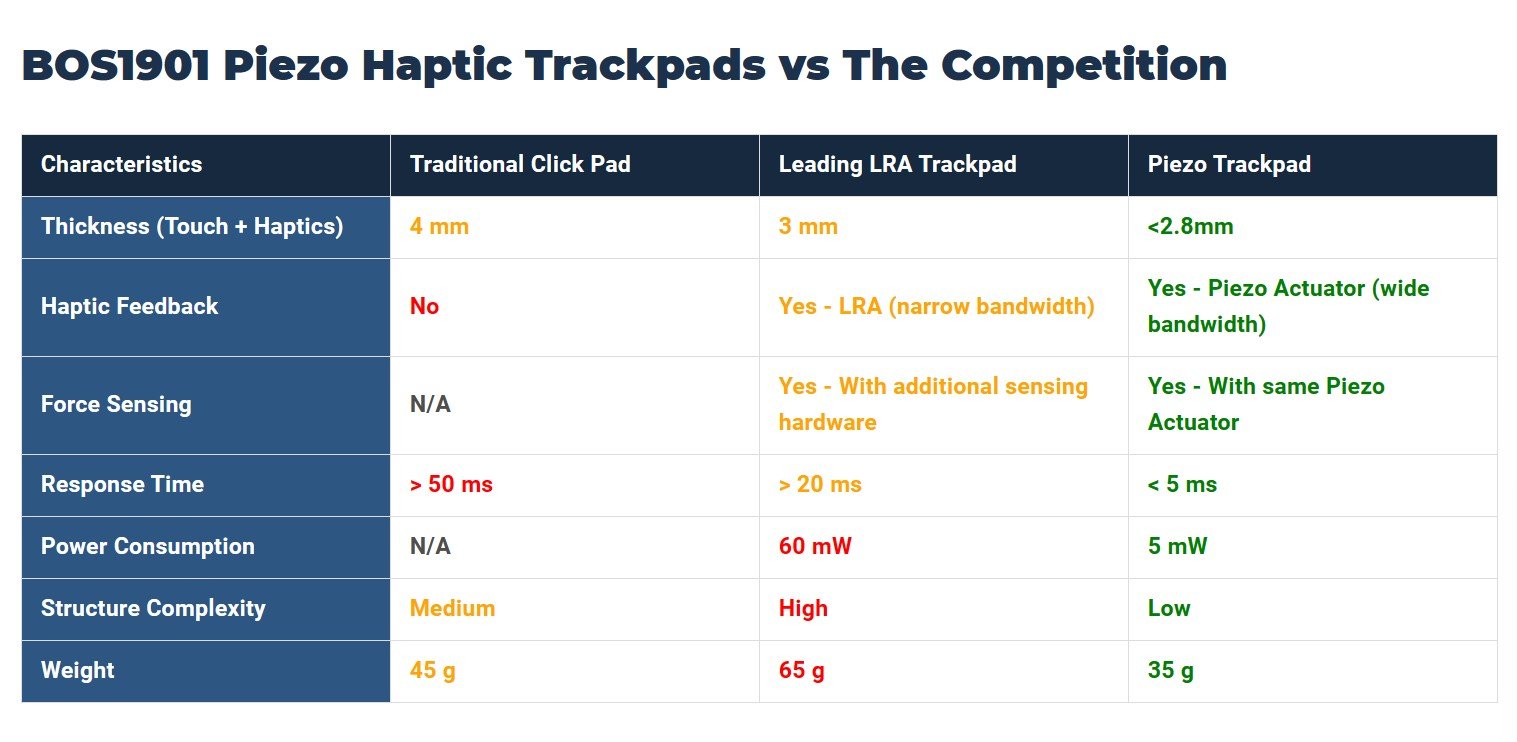Two companies are teaming up to bring haptic-based piezo trackpads to Windows PCs. Here's why it's a big deal and what it means.
Most people don't spend much time thinking about laptop trackpads, but I sure do. As the first modality people interact with, nailing the laptop trackpad is crucial to customer satisfaction. It is why Microsoft stepped in all those years ago to set the standard with its Precision driver initiative — something that is now mandatory for Windows 11.
But the current trackpad design based on capacitive interaction and a physically moving component is getting long in the tooth: They are prone to breakage and are fundamentally inaccurate, leaving a lot to be desired compared to the next gen designs. That's what we're going to talk about today.
I recently dived deep with Sensel, whose force-sensing resistor (FSR) haptic trackpad made its way into the Lenovo ThinkPad X1 Titanium Yoga. The tech is impressive, but also not cheap.
But that's not the only way to do haptics and trackpads. Today, Boréas and Cirque are announcing a partnership to bring its piezo-based haptic trackpads to Windows PCs. Here's the difference and why this news will be a big deal in 2022.
Haptics 101
Piezo vs. FSR vs. Apple: Which is best?
 Apple's famed Force Touch trackpad is not as advanced as FSR or piezo architectures.
Apple's famed Force Touch trackpad is not as advanced as FSR or piezo architectures.
Before we get started, let's address why haptics matter and the differences in approaches between Sensel, Boréas and Cirque, and Apple.
Capacitive trackpads (and displays) rely on a few layers, including a grid of electrodes that detect changes in charge distribution. There is also a moving aspect whereby the trackpad depresses and "clicks." This method is how all modern trackpads work, and most Windows 10 PCs now use Microsoft's Precision drivers (the software element) to interpret detection. This fine-tuning with Precision drivers results in high and consistent accuracy because, fundamentally, capacitive trackpads are not accurate and rely on software to fill the gaps.
Piezo-based trackpads can be as thin as 1.8mm — much thinner than 4mm of traditional trackpads.
Apple doesn't veer too far from this model with its Force Touch trackpad. It is still capacitive and relies on software to improve the accuracy. However, it replaces the physical click and haptics with two solenoids (a type of electromagnet that looks like a coil) that simulate touch, which then gets a fancy name — Taptic Engine.
The problem with these approaches is two-fold. Both require a lot of space to implement (read: more than 4mm in height), and both are not very accurate, relying on software to simulate and anticipate where your finger is going. Apple's method at least has the benefit of no moving parts, so fewer chances of long-term failure. Trackpads that depress also fail IP ratings for water and dust intrusion, which is why you don't see them on Panasonic Toughbooks, either.
 A typical Piezo Element Vibration / Knock Sensor.
A typical Piezo Element Vibration / Knock Sensor.
Sensel's solution relies on a new, patent-pending design that utilizes force-sensing resistors (FSR). FSRs are complicated as it depends on detecting changes in conductivity at the microscopic scale (it is thought quantum tunneling may play a role, but no one knows). But the results are evident with FSR and Sensel's hybrid approach. Accuracy is much higher since we are talking about the particle level and not millimeters like on capacitive trackpads. Sensel's solution is also thinner, coming in at around 3mm in height.
Next up is Boréas and Cirque. They're using piezo actuators instead of FSR or capacitive. A piezoelectric sensor detects piezoelectricity, "the electric charge that accumulates in certain solid materials — such as crystals, certain ceramics, and biological matter such as bone, DNA, and various proteins — in response to applied mechanical stress."
Piezo sensors look like thin, flat disks, but they can take many shapes and be both a sensor and generate haptics. The ramification of using this method is substantial for two reasons. These trackpads can now fall below 3mm in height as piezo sensors are razor-thin. They can also be mass-produced and be made much larger without driving up costs. Those last two points are potential issues for Sensel's FSR architecture.
Just how thin is a piezo haptic trackpad? The total module can be just 1.8mm instead of 3mm. While that doesn't sound like much, it makes all the difference to laptop makers trying to squeeze larger batteries into thinner designs. It's why Lenovo experimented with Sensel in the first place — a regular trackpad was just too thick to make that device happen.
Besides being slim, Boréas piezo trackpad designs deliver better haptics due to lying flat, creating a better vibration axis. They're also power efficient. Piezo drivers rely on high voltage currents to drive haptic feedback. But Boréas uses "CapDriveTM" — a method that uses "the capacitive nature of piezo actuators to recover and reuse the energy," making them more efficient than any other solution.
Let's mass produce
But who are Boréas and Cirque?
 An example of a piezo-based haptic trackpad from Boréas.
An example of a piezo-based haptic trackpad from Boréas.
If you never heard of Boréas or Cirque, you're not alone. The first is a very new — and tiny — company, while the other has been around for almost 40 years, playing a massive role in developing the modern-day laptop.
Boréas Technologies is a "fabless semiconductor company commercializing product-differentiating piezo IC platforms in consumer and industrial markets." It's a small company of about 35 employees and was started by Simon Chaput in 2016. Chaput was doing a Ph.D. at Harvard, but due to a breakthrough to "unlock the power of piezo actuators," he dropped out and created his own startup, according to Stuart Nixdorff, SVP of Boréas Technologies. Since then, the company has had many products and applications, including a piezo haptic trackpad.
Cirque Corporation is more widely known. Going back to the 1980s with its first "mutual capacitive sensing technology," the company came to market in 1991 with its GlidePoint trackpad and later became a part of Alps Electric. It still produces many of the trackpads today for some of the top makers of the most popular laptops.
 (Left to right) Stuart Nixdorff, SVP, Boréas, and Nate Coy, CSO, Cirque.
(Left to right) Stuart Nixdorff, SVP, Boréas, and Nate Coy, CSO, Cirque.
In speaking with Nate Coy, CSO, Cirque Corporation, he noted how its customers — OEM laptop makers — were looking for a haptic-based trackpad solution. But the tech behind such things, including piezo sensors, is highly specialized, so they turned to Boréas Technologies, who knows how to make this work. Meanwhile, Cirque specializes in something fundamental that Boréas would have trouble with: mass-producing those trackpads to reach millions.
This distinction is where the two companies see a difference between their partnership and Sensel. Whereas Sensel is a much smaller firm, it doesn't have the reach (factories, distribution, shipping) that Cirque does to make these haptic trackpads. They also note that Sensel's FSR approach can get very expensive as soon as you try to make those haptic trackpads larger, a challenge that Boréas and Cirque claim they do not have.
The TL;DR
Haptic trackpads will drive laptop innovation
 The Boréas piezo haptic chip, the BOS1901, which provides haptics and force sensing in devices.
The Boréas piezo haptic chip, the BOS1901, which provides haptics and force sensing in devices.
In short, the big deal here is we're going to get much more accurate trackpads that can detect force (a new dimension), won't fail due to moving parts, all in laptops that can be thinner (or have even more space for the battery).
Best of all, because of how piezo haptics work, you'll feel like you're clicking when you press down. It's trippy stuff, but anyone who has used the ThinkPad X1 Titanium Yoga or an Apple MacBook knows what I'm talking about: Haptics trick the brain into sensing something that isn't happening.
But when will this haptic revolution in trackpads occur? Apple has been using Force Touch in its laptops for over five years now, and Sensel's solution is in one Windows PC.
Piezo-based trackpads are going to drive further design innovation in Windows laptops.
Today, Boréas and Cirque are merely announcing the partnership. But we're expecting details on a specific product in the coming months that will be offered to the top laptop OEMs. Both companies expect some laptop makers to begin shipping these piezo-based trackpads in 2022. They also don't expect this to be a one-off release but the first mass-market Windows haptic trackpad solution.
That's a big deal. Both companies believe this will be the transition point for the Windows PC space and haptic trackpads instead of just experimental technology. Boréas has the know-how, and Cirque can ship.
Of course, like all high-end new technology, we'll likely see this in premium laptops and Ultrabooks first. But we're not expecting tiny trackpads, but big ones. While both companies were mum on the laptop partners looking to implement the tech, I wouldn't be surprised if at least one or more of the big three (Lenovo, Dell, and HP) and maybe even Microsoft as Cirque/Alps already works with all of them.
The other puzzle piece will be for Microsoft to get ahead of this shift with its Precision drivers. Haptic-based trackpads, after all, now detect force, which is something that traditional capacitive trackpads cannot do — at least accurately. But for these trackpads to leverage that new dimension, they will need Microsoft to light up the software side in Windows 11. More on that later.


No comments: